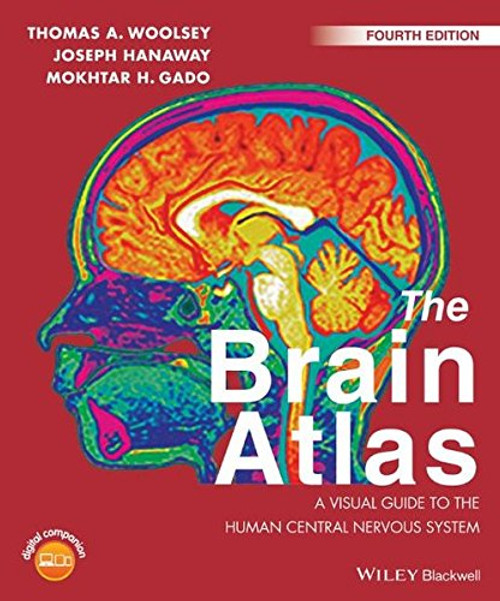Product Overview
Pharmacodynamics--the mechanisms and pathways through which drugs influence living organisms--is the primary subject of Drug Action in the Central Nervous System. Many aspects of current working theories of epilepsy, depression, anxiety, schizophrenia, Parkinson's disease and other neurological and psychiatric disorders are based on studies of the pharmacodynamics of drug action in the central nervous system. The knowledge acquired from these studies can be successfully applied to the treatment of neurological and psychiatric disorders as well.
The first three chapters of this book provide an overview of brain function and the basic principles of drug delivery and receptor function. Subsequent chapters analyze in full detail the pharmacodynamics of the centrally-acting drugs, including analgesics, anesthetics, muscle relaxers, migraine drugs, antiepileptics, antidepressants, antipsychotics, and sedative-hypnotics. Each of these chapters starts with a brief survey of the neurobiology of the systems affected by the drug class under discussion, followed by a detailed description of the mechanism of action, major side effects, and relevant pharmacokinetics of the drug class. The book also details the effects of street drugs on the nervous system. A chapter-by-chapter drug list is included in the appendix. Throughout the text, figures illustrate key concepts that do not yield readily to verbal description. Tables summarize DSM-IV criteria and list the therapeutic and side effects of the various drug classes.






